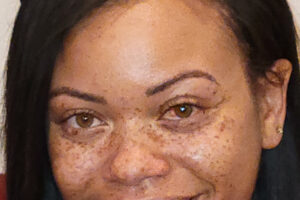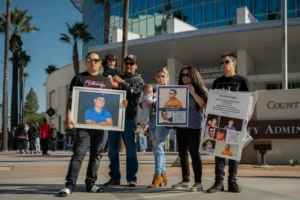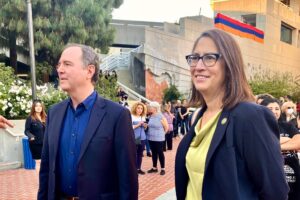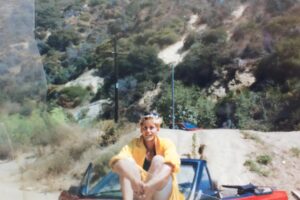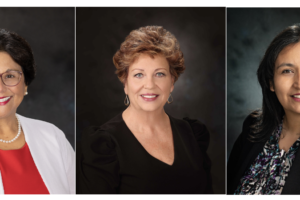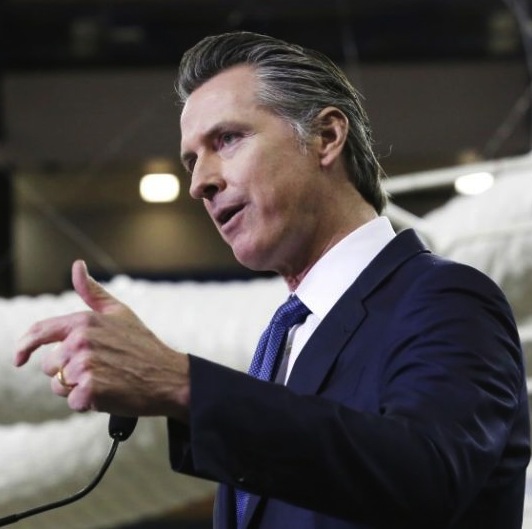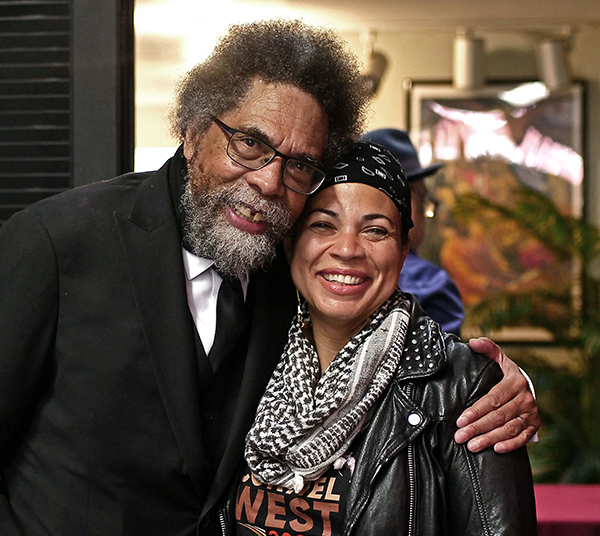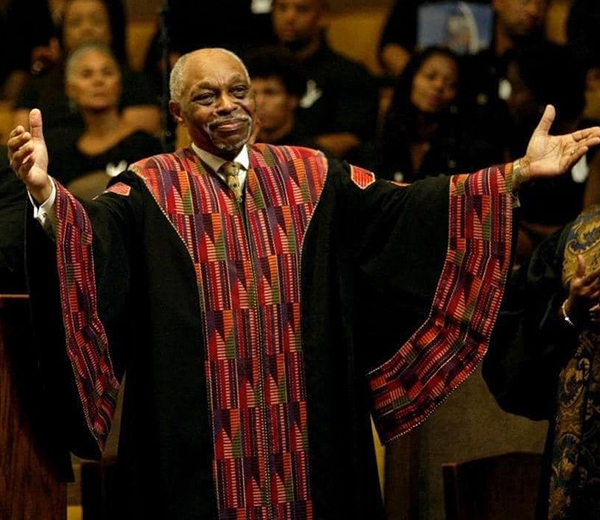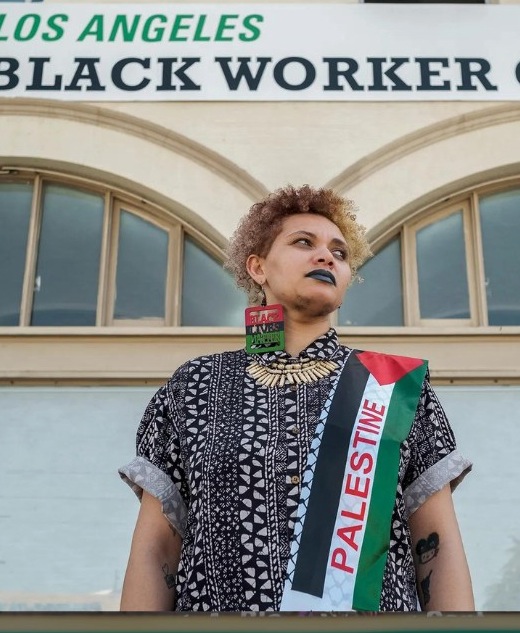LOS ANGELES — Responding to continuing increases in coronavirus cases and hospitalizations, Gov. Gavin Newsom July 1 ordered a halt to indoor dining and barred other indoor activities at businesses such as wineries, museums and casinos in counties that have been on the state’s COVID-19 “watch list,” which includes Los Angeles.
“The bottom line is, the spread of this virus continues at a rate that is particularly concerning,” Newsom said from Sacramento. “We’re seeing parts of the state where we are seeing an increase not only in the total number of positive cases but a significant increase in the total number of people that are getting tested that are testing positive, meaning the positivity rate, not just the total case rate, is beginning to go up to a degree that obviously generates some concern.”
In addition to closing many indoor business activities, Newsom also announced the creation of multi-agency strike teams that will target businesses that have been operating without meeting health guidelines — as he phrased it, businesses that have been reticent to take steps to protect employees and customers.
The strike teams will include various state agencies, including the Department of Alcoholic Beverage Control, CalOSHA, Department of Business Oversight, Department of Consumer Affairs and the California Highway Patrol.
“When we talk about compliance, this isn’t just talking about mask compliance, this is talking about health and safety in our meat-packing facilities,” he said. “One should not have to put their life at risk to go to work as an essential worker.
“It’s more education. I’m not coming out with a fist. We want to come out with an open heart, recognize the magnitude of these modifications … and what it means to small businessmen and women, what it means to communities, what it means to the economic vibrancy and health of our state, and in turn our nation.”
In ordering a halt to indoor business activities, Newsom said affected businesses are not being ordered to close entirely, but instead restrict themselves to outdoor operations. For restaurants without outdoor dining space, the order will likely force many to revert to carry-out operations.
“This doesn’t mean restaurants shut down, it means we’re trying to take many activities, these concentrated activities, and move them outdoors, which is a way of mitigating the spread of this virus,” Newsom said.
The ban on indoor operations will last for three weeks. The order affects restaurants, wineries and tasting rooms, movie theaters, family entertainment centers, zoos and museums, and card rooms. He said the state is working with tribal nations that operate casinos to determine guidelines that could allow them to continue operating.
Newsom had already ordered bars closed in Los Angeles County.
Newsom fell short of ordering all beaches to close across the state for the upcoming holiday weekend, but he closed all parking facilities at state beaches in Southern California. In counties that have ordered local beach closures, state beaches also will close, Newsom said.
Los Angeles County has ordered a closure of all beaches for the Fourth of July weekend.
The governor also encouraged — but did not mandate — that all counties cancel all Fourth of July fireworks displays to prevent large-scale gatherings of people that could lead to spread of the virus.
Los Angeles County has already issued such an order.
Earlier in the week, county health officials had warned that without a dramatic reversal in public behavior to control the virus “we will see a lot more deaths.”
The latest statistics compiled by county health officials estimate that on average, one in every 140 people in Los Angeles County is infected with COVID-19 and capable of spreading it to others, likely without having any symptoms or even knowing they are carrying the virus.
That figure is up dramatically from the previous week, when the estimate was one in every 400 people.
County public health director Barbara Ferrer said the latest dire statistics have led to a “tenuous moment” in the pandemic, and with the Fourth of July holiday weekend approaching, people need to avoid the temptation to act as if the coronavirus is gone.
“This is going to be a different summer,” she said. “This is going to be a different July Fourth.”
“What this means is that Angelenos in the activities of daily living when they go out are very likely to be in the locations or near persons who are currently infectious, and in fact a large typical store is likely to have multiple infectious persons enter the shop every day,” Dr. Roger Lewis, who leads the county’s statistical modeling efforts, said.
The death rate has remained steady in the county. There were 211 deaths reported in the seven-day period between June 18 and 24 and 212 deaths reported between June 25 and July 1.
But the 12,500 new cases reported between June 18 and 24 had increased by more than 20% between June 25 and July 1 to 16,216.


